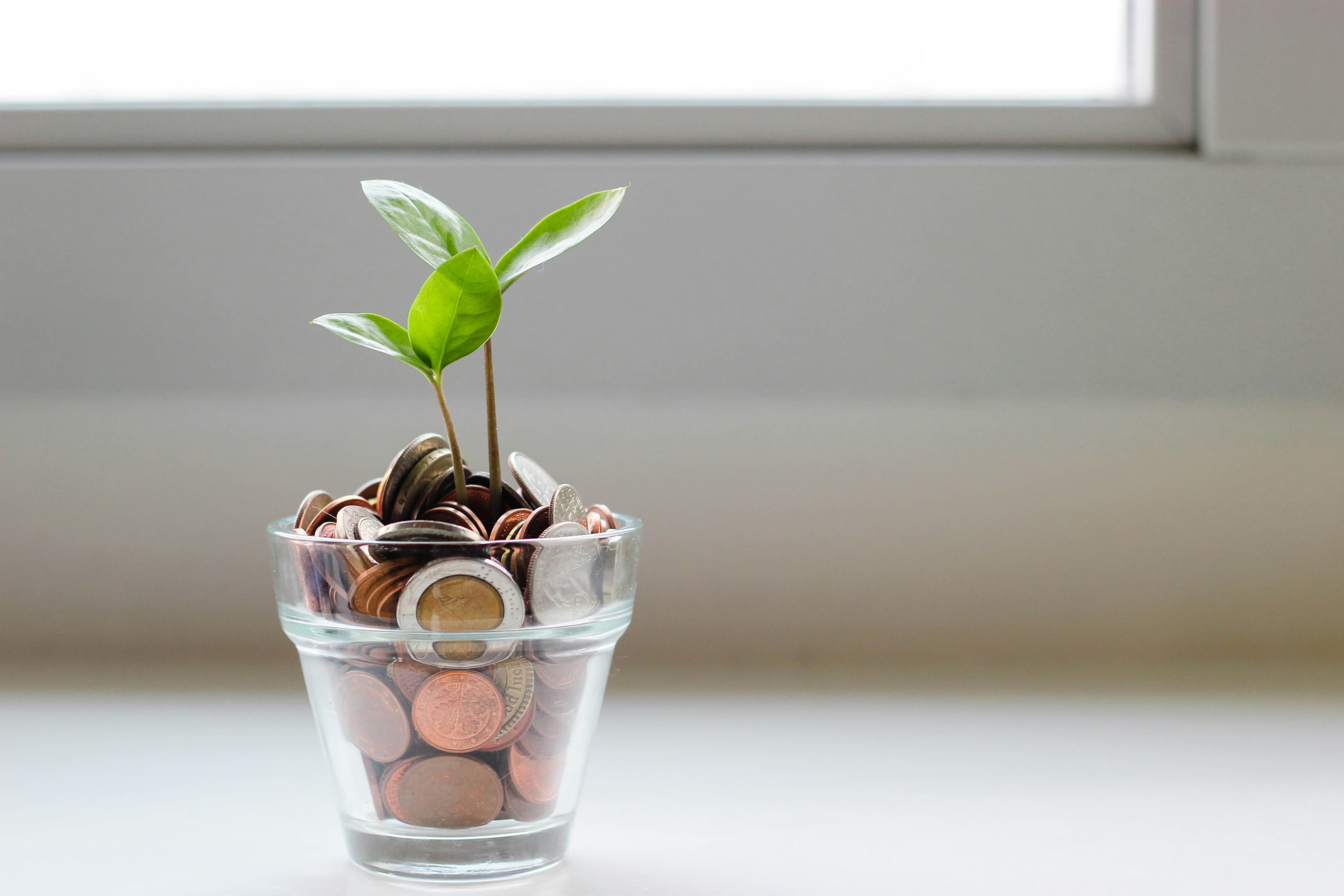
Taxpenses
Each year, the Swedish National Financial Management Authority compiles a report detailing all income and expenses. We let you explore how tax revenue is allocated.
The decline in Sweden's tobacco tax revenue since 2022 is largely due to shifts toward tobacco-free products, stricter regulations, and increased health awareness. Nicotine pouches, which don't contain tobacco, have become popular, reducing demand for taxed tobacco products. Additionally, bans on smoking in public places have made traditional tobacco use less convenient, further discouraging consumption. Public health campaigns and Sweden's goal for a “tobacco-free generation” by 2025 also contribute to this trend, steering consumers toward alternatives and impacting tobacco tax income.
Since 2021, Sweden's gasoline tax revenue has dropped significantly, partly due to changes in work habits following the pandemic, with more people working from home and reducing daily commutes. Additionally, the shift toward eco-friendly transportation, like electric vehicles and public transit, has decreased gasoline demand. Notably, 53% of the price Swedish consumers pay for gasoline is tax, meaning even a modest reduction in consumption has a major impact on tax revenue.
"Moms", or "Mervärdesskatt", is Sweden's value-added tax (VAT) applied to most goods and services. Currently set at 25% for most items, it's built into everyday prices, so consumers don't see it as a separate charge. Interesting fact: in Sweden, essential goods like food and transport have reduced VAT rates of 12% and 6%, respectively, making it one of Europe's few VAT systems with differentiated rates. VAT is a substantial revenue source for Sweden, funding key public services while aiming to balance affordability on necessities.